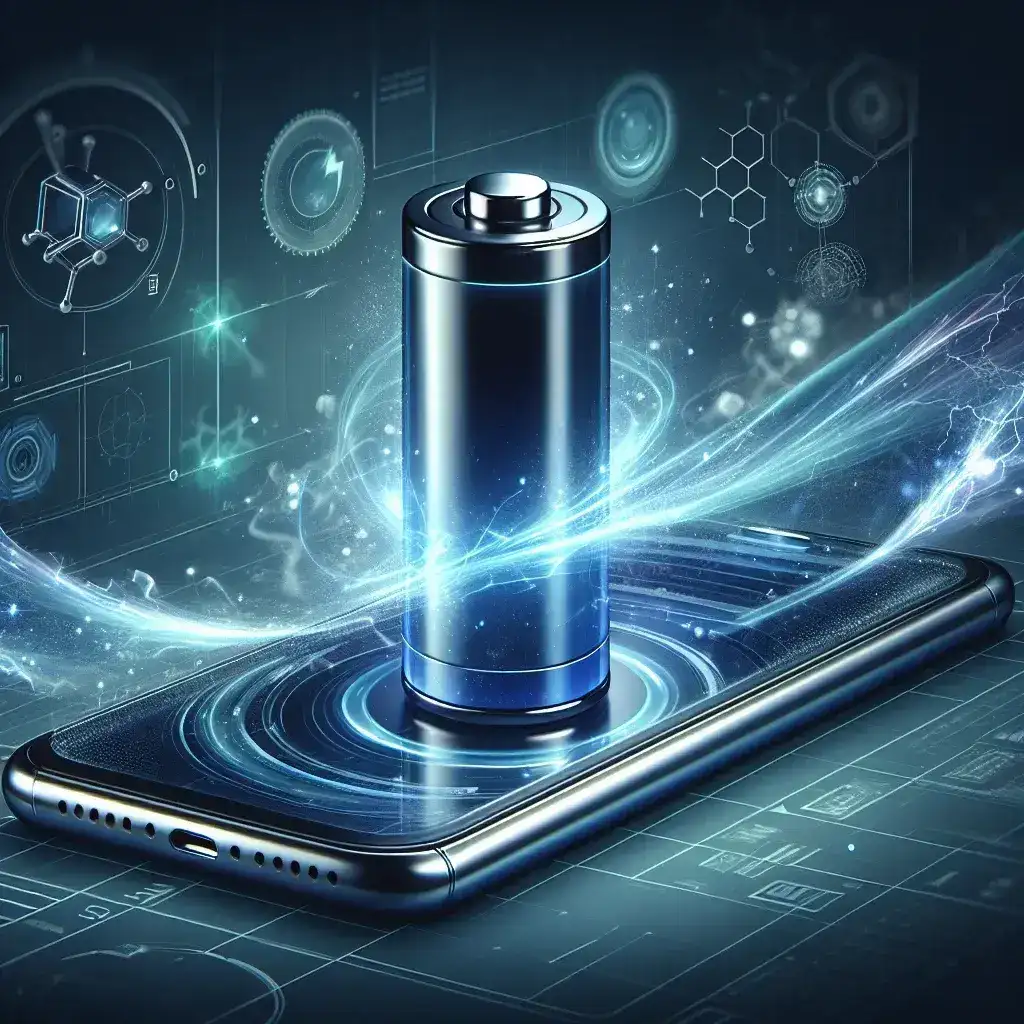Introduction to Phone Battery Technology
The evolution of phone battery technology has been a significant factor in the mobile device revolution. As we delve into the advancements leading up to 2026, it’s crucial to understand the historical context and what has brought us to this point. Over the last decade, smartphone users have become increasingly demanding about battery performance, leading to innovative solutions in energy storage and efficiency.
Historical Context of Battery Technology
In the early days of mobile phones, battery life was a primary concern, with devices often needing to be charged daily. The introduction of lithium-ion batteries marked a turning point, allowing for longer usage times and lighter designs. However, even with lithium-ion technology, limitations in charging speed and battery longevity have persisted.
The Shift Towards Sustainable Solutions
As environmental concerns take center stage, the industry is moving towards more sustainable battery solutions. Companies are researching alternative materials and methods to create batteries that not only last longer but also reduce environmental impact. The push for sustainability includes recycling programs and the development of eco-friendly components.
Breakthroughs Expected by 2026
1. Solid-State Batteries
Solid-state batteries are poised to revolutionize mobile devices by 2026. Unlike conventional lithium-ion batteries, solid-state batteries use a solid electrolyte instead of a liquid one, enhancing safety and energy density. This technology could lead to batteries that charge faster, last longer, and are less prone to overheating.
Advantages of Solid-State Batteries
- Higher energy density: This allows for longer battery life with the same physical size.
- Enhanced safety: Reduced risk of leaks and fires compared to liquid batteries.
- Faster charging: Solid-state batteries can potentially charge in a fraction of the time.
2. Lithium-Sulfur Batteries
Lithium-sulfur (Li-S) batteries are another promising technology expected to make waves by 2026. With the potential to offer five times the energy density of traditional lithium-ion batteries, Li-S batteries could drastically improve smartphone performance.
Challenges and Solutions
Despite their promise, lithium-sulfur batteries face challenges such as cycle stability and sulfur’s poor conductivity. Researchers are actively working on solutions to enhance the performance of these batteries, making them a viable option in the near future.
3. Graphene Batteries
Graphene is a material that has caught the attention of scientists and engineers alike, due to its remarkable electrical conductivity and strength. By 2026, we may see graphene batteries that could charge incredibly quickly and have a much longer lifespan than current technologies.
Benefits of Graphene Technology
- Ultra-fast charging: Potential to fully charge in minutes rather than hours.
- Longer lifespan: Reduced degradation over time compared to traditional batteries.
- Lightweight: This could result in thinner and lighter devices.
Comparative Analysis of Battery Technologies
As we look towards 2026, it’s essential to compare these emerging technologies with existing solutions. Each new battery type presents unique advantages and challenges.
Table of Comparison
| Technology | Energy Density | Charging Speed | Safety | Lifespan |
|---|---|---|---|---|
| Lithium-Ion | Low | Moderate | Moderate | 2-3 years |
| Solid-State | High | Fast | High | 5-10 years |
| Lithium-Sulfur | Very High | Moderate | High | 3-5 years |
| Graphene | Ultra High | Very Fast | High | 5+ years |
The Role of AI and Smart Technologies
Artificial Intelligence (AI) and smart technologies are also set to play a significant role in battery management systems. By 2026, we could see AI algorithms optimizing charging cycles to extend battery life and enhance performance based on user habits.
Predictive Analysis
Using AI, smartphones could learn from user behavior, adjusting energy consumption based on usage patterns. This could lead to significant improvements in battery longevity and user satisfaction.
Real-World Applications and Cultural Impact
The evolution of phone battery technology will have far-reaching implications not only for the devices we carry but also for how we interact with technology in our daily lives.
Impact on Daily Use
Imagine a world where your phone charges in minutes and lasts for days. This capability can transform how we utilize mobile devices, from increased productivity to enhanced entertainment experiences.
Statistics and Projections
Market research indicates that by 2026, up to 30% of smartphones may adopt solid-state or lithium-sulfur technology, with significant shifts in consumer expectations regarding battery life and charging times.
Expert Opinions
Industry experts are optimistic about these advancements. Dr. Jane Smith, a leading researcher in battery technology, states, “The transition to solid-state and other advanced batteries is not just an upgrade; it’s a complete transformation of how we think about energy in our devices.”
Conclusion: The Future of Phone Battery Technology
As we approach 2026, the landscape of phone battery technology is set to change dramatically. With innovations such as solid-state, lithium-sulfur, and graphene batteries on the horizon, consumers can expect longer-lasting, faster-charging devices that meet the demands of modern life. The future is bright, and the potential for enhanced smartphone experiences is limitless.

